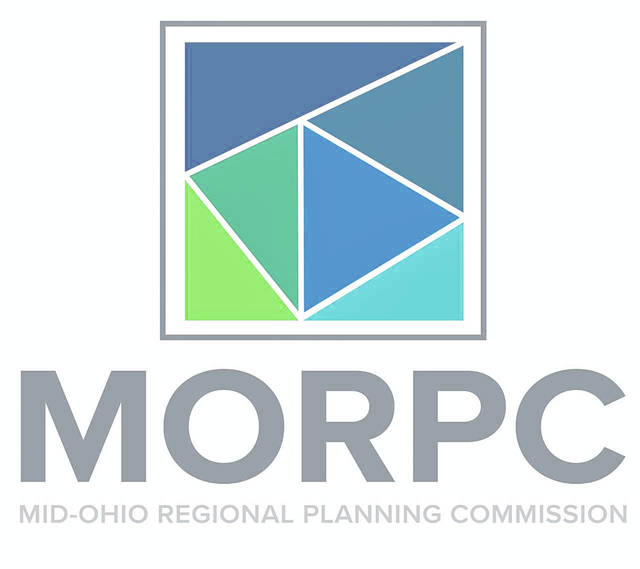
COLUMBUS — The Mid-Ohio Regional Planning Commission released its annual air quality report Tuesday. The report provides a summary of air quality data from November 2019 to October 2020. Findings from the 2019-2020 air quality season show low ozone levels during the shutdown in the spring, along with a typical number of high ozone pollution days in the summer.
“While we experienced more days that fell in the ‘good’ range of ozone pollution due to a rainy spring and a decrease in the number of cars and trucks on our roadways during the pandemic shutdown during the past year, we still experienced a hot summer, with two days of high ozone pollution – on par with the past five years,” said Brooke White, MORPC senior air quality specialist.
Ground-level ozone levels peaked when warm temperatures and sunlight, mixed with pollutants, enhanced the formation of ozone. This resulted in unhealthy levels of air pollution triggering air quality alerts. July 6 and July 9 were the only days that air pollution levels reached the “unhealthy for sensitive groups” range for ozone on the air quality index. The AQI value was measured at 101 on both days.
There were not any days when particle pollution (PM 2.5) reached the “unhealthy for sensitive groups” range during the 2019-2020 season.
MORPC issues daily air quality forecasts and notifies the public when ozone and particle pollution levels are considered to be unhealthy for sensitive groups of people. On days with an air quality alert, children, older adults, and those with lung illnesses such as asthma can begin to experience symptoms like shortness of breath and wheezing.
Over the past 28 years, the number of days with high ozone has generally declined in central Ohio, driven mostly by emissions reductions from vehicles. In addition, above-average precipitation in Ohio over the past year helped to achieve a higher number of days with “good” levels of air quality in regard to both ozone and particle pollution.
The monthly average of ozone concentrations in 2020 were lower than the 2015-2019 averages, most significantly in March, April and May. In March through May, Ohio experienced lower levels of travel by as much as 40% compared to 2019. However, the region also experienced markedly cooler, wetter weather during these months, which led to less ozone creation.
“While 2020 was certainly a unique and challenging year, it also was an opportunity to measure the impact of less vehicle emissions on our air in a very real way,” said MORPC Planning & Sustainability Director Kerstin Carr. “These positive data points can help us advance the important programs and initiatives that contribute to cleaner air.”
Local mobility providers and programs, such as MORPC’s Gohio Commute program, Downtown C-pass and Smart Columbus – that encourage ridesharing, driving electric vehicles, riding transit, biking and walking – all help in keeping harmful pollutants out of the air.
The Central Ohio Air Quality End of Season Report can be viewed at morpc.org/airquality, where residents can find additional information and sign up to receive free air quality alert notifications.


